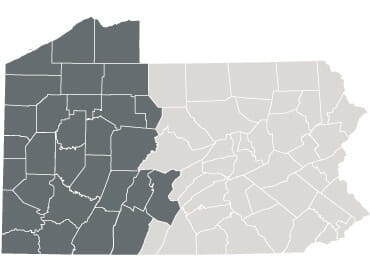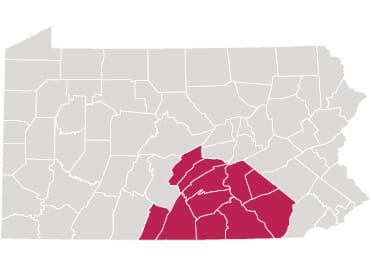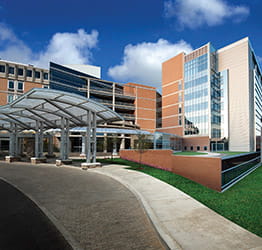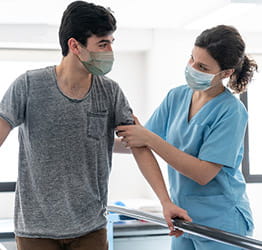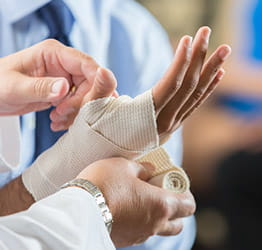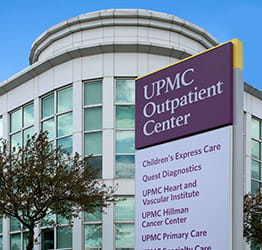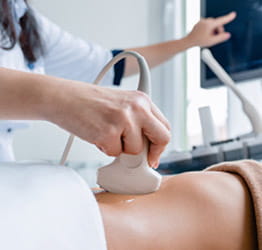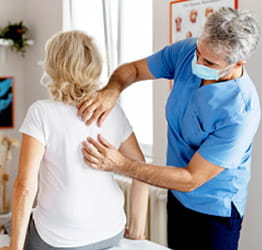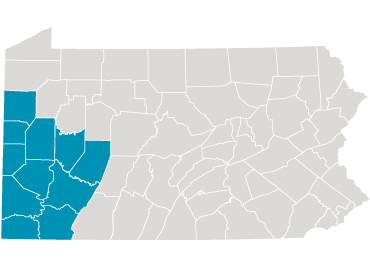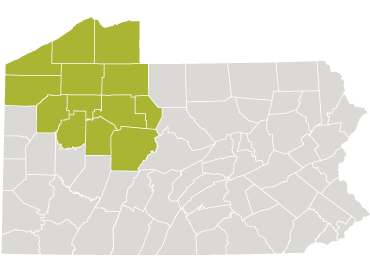
9/30/2019
WHAT: UPMC East will host a free “Stop the Bleed” training course, where attendees will learn how to properly use a tourniquet, pack a wound and apply direct pressure. Parking will be validated and light refreshments will be served.
Registration is required. To register, call 412-357-3700 or visit UPMC.com/Classes.
WHY: It takes less than 5 minutes for a person to bleed to death. Bleeding emergencies happen every day, caused by car crashes, accidents at work, home and school — and increasingly, mass violence. Stop the Bleed training prepares you to make a difference when help is needed most.
WHO:
- Linda Reiger, emergency medical services specialist, UPMC East.
WHEN: 6 to 7:30 p.m., Wednesday, Oct. 9, 2019.
WHERE: UPMC East, Conference Center A, B and C, Ground Level, 2775 Mosside Blvd., Monroeville, Pa., 15146.
Note to Media: To cover this event, prior arrangements must be made by contacting Rick Pietzak at 412-864-4151 or PietzakR@upmc.edu.

